I will discuss the How to Bridge Tokens from Ethereum to Solana and offer detailed guidance for a flawless and safe transfer.
Bridging facilitates the movement of assets between the two blockchains which optimizes transaction speed and reduces costs. I will focus on the most effective bridges, the most important factors, and strategies for efficient execution.
What is Bridge Tokens?
Bridge tokens serve as a means of transferring digital value globally from one blockchain to another.
With the absence of native interoperability between blockchains, bridges solve this issue using token bridges.
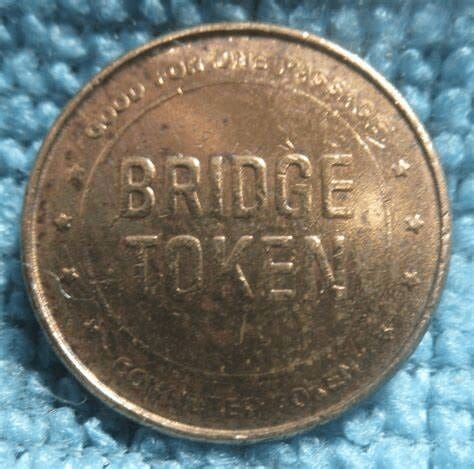
One chain will lock an original asset while concurrently minting an equal value on another chain. Taking the example of bridging tokens on Ethereum and Solana, an initial token is stored in a smart contract and subsequently wrapped on Solana.
The result is smooth cross-chain transactions, which in turn augments the liquidity, application and access to dApps.
How to Bridge Tokens from Ethereum to Solana
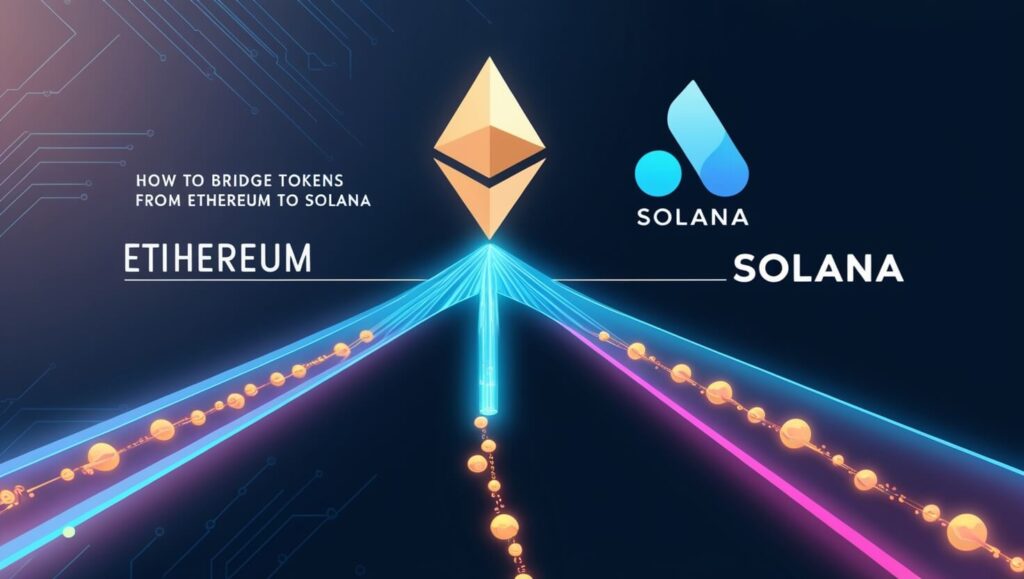
Example: Bridging Ethereum Tokens to Solana Using the Wormhole Portal
Get Ready With Your Wallets
You need to install MetaMask first since it is an Ethereum-compatible wallet.
Then you need a compatible Solana wallet. Install Phantom wallet and create a Solana address.
Go to Wormhole Portal
Visit Wormhole Portal and link your MetaMask wallet.
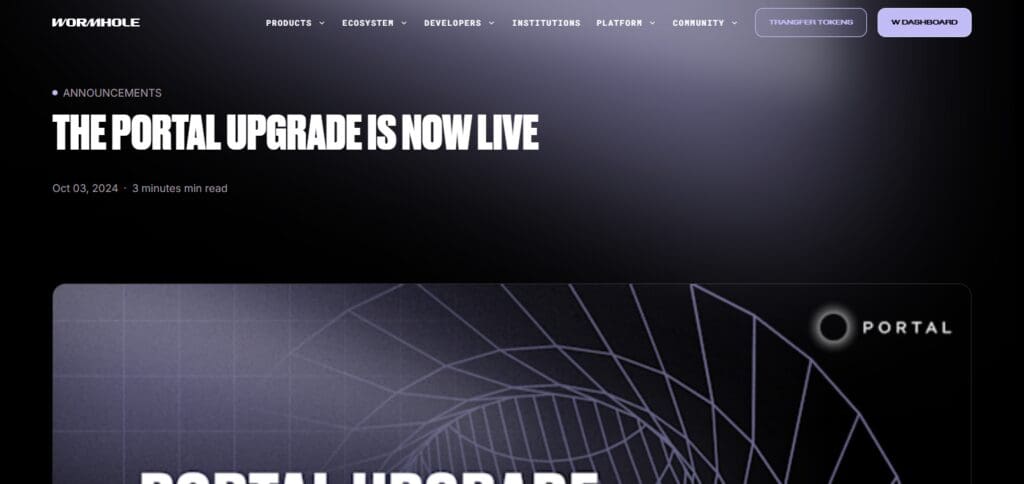
Choose Tokens and Chains
From the source chain dropdown, select Ethereum, and from the target chain dropdown, Solana.
Select the token to be bridged (for example USDT) and its amount.
Approve the Transaction
In your MetaMask wallet, confirm the transaction so that Wormhole can access your tokens.
Connect Solana Wallet
Link your Phantom wallet and create a new token account to store the bridged tokens.
Start the Bridging Process
Approve the bridging process and then just wait for the transaction to fully process.
Redeem Tokens with Phantom Wallet on Solana
With your Phantom wallet, redeem the bridged tokens on the Solana network.
Optional: Exchanging Tokens
If desired, you can exchange the bridged tokens for native Solana tokens (SOL) on Jupiter Exchange.
Other Place Where Bridge Tokens from Ethereum to Solana
Allbridge
Allbridge provides a user-friendly interface for fast, low-cost transactions of token transfers between Ethereum and Solana. Allbridge simplifies interoperability by supporting both native and wrapped assets, avoiding the complex wrapping processes required by other bridges.
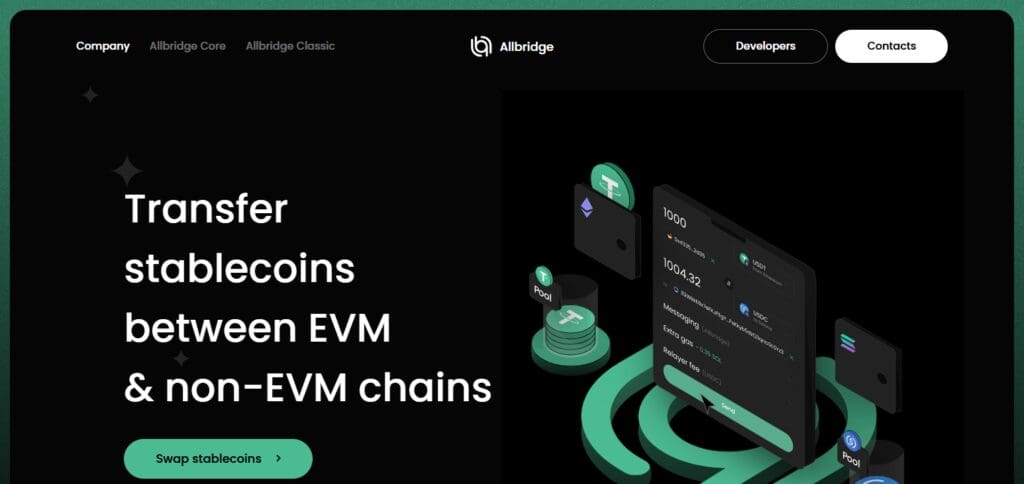
It ensures security with audited smart contracts and decentralized validation systems. Its ability to facilitate transfers across numerous networks in addition to Ethereum and Solana is particularly beneficial.
This advanced flexibility makes Allbridge an adaptable solution for cross-chain DeFi, improving accessibility and liquidity throughout varying ecosystems.
Synapse Protocol
Synapse Protocol enables safe and efficient token bridging between Ethereum and Solana, as it is a cross-chain liquidity network. Using the automated market maker (AMM) model allows for deep liquidity and minimal slippage, which helps in transferring assets without any complications.
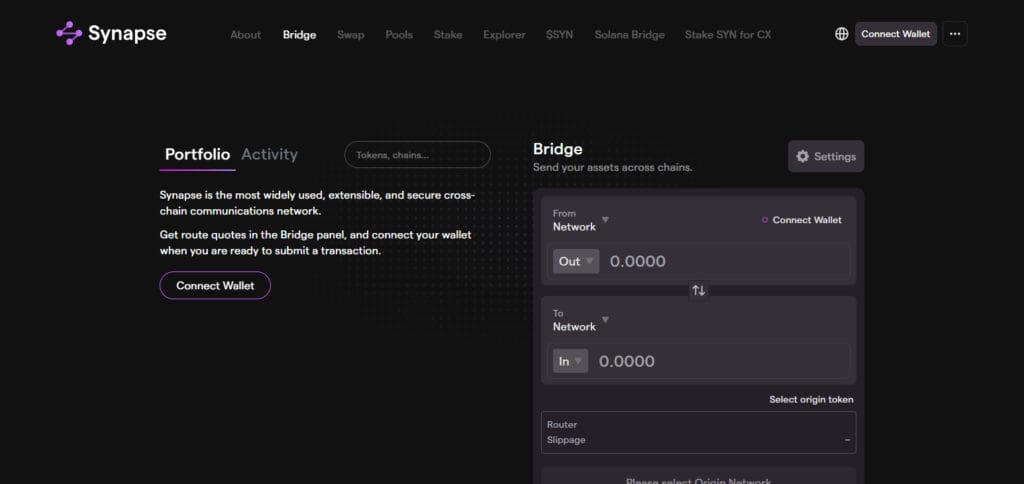
Synapse is different from other bridges because, unlike wrapped tokens, he enables native asset swaps and thus lowers dependency on intermediaries.
Its security is greatly enhanced with decentralized validators and other elements of its security framework. Synapse is a reliable gateway for Ethereum-to-Solana interoperability because it offers fast finality and low transaction costs.
Risk & Considerations
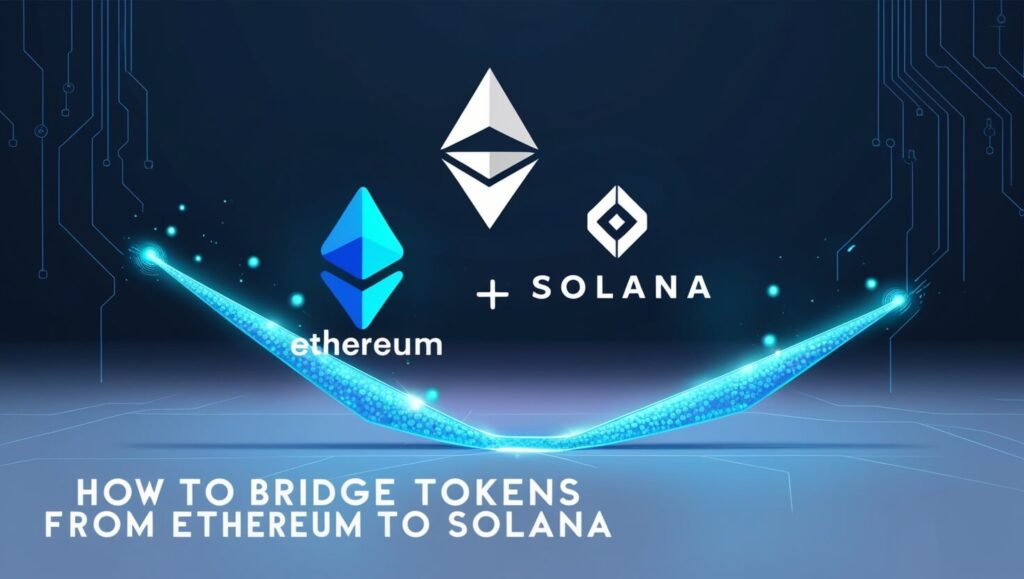
Risks
Security & Smart Contract Vulnerabilities: Poorly coded smart contracts can be hacked, and bridges do use smart contracts.
Centralization Risks: The weakness of custodial bridges is that they depend on a single highly trusted entity that can fail, be hacked, or act maliciously.
Liquidity Issues: Bridging can also be inefficient when there isn’t enough liquidity in the destination chain because it would cause delays or extra costs.
Regulatory Risks: Bridging from one chain to another might intersect with varying compliance requirements from different regions.
Network Congestion: Ethereum being a highly congested network preferably results in waiting times and higher costs for transacting on the network, also known as gas fees.
Loss of Assets: Gaps in security measures while bridging can lead to losing access to assets permanently.
Considerations
Type of Bridge: Each user must have their own criteria for selecting custodial (centralized) vs. non-custodial (decentralized) bridges.
Gas Fees: It is well-known that Ethereum has high gas fees, choose time wisely so that there’s low user activity on the network.
Fees of the Destination Chain: Although Solana spends less on fees than Ethereum, users have to possess enough amount of SOL to pay for transactions.
Tokens Supported: Relevant bridges supporting the token to be transferred should adequately be researched.
Security Measures: Utilize bridges that have undergone thorough audits and apply two-factor authentication whenever possible.
Pros & Cons
| Pros | Cons |
|---|---|
| Lower Transaction Fees – Solana offers significantly cheaper fees compared to Ethereum. | Smart Contract Risks – Vulnerabilities in bridge contracts can lead to exploits. |
| Faster Transactions – Solana’s high-speed blockchain enables quick transfers. | High Gas Fees on Ethereum – Sending tokens from Ethereum can be costly. |
| Access to Solana dApps – Enables interaction with Solana-based DeFi, NFTs, and gaming ecosystems. | Bridge Downtime or Failures – Some bridges experience delays or maintenance issues. |
| Interoperability – Expands asset utility across multiple blockchains. | Fake or Malicious Bridges – Risk of scams if using unverified platforms. |
| Decentralized Finance (DeFi) Opportunities – Earn yield, stake tokens, and participate in liquidity pools. | Regulatory Uncertainty – Some cross-chain transactions may face legal scrutiny. |
| Supports Multiple Assets – Many bridges allow transfer of stablecoins, wrapped tokens, and native assets. | Slippage and Price Differences – Token values may vary between chains, leading to losses. |
Conclusion
To sum up, bridging Etherum tokens on Solana establishes alternative methods of operating blockchchains that are cost-efficient, high-speed, and resourceful. Be it DeFi, NFTs, or other forms of asset trading, utilizing dependable bridges such as Wormhole, Allbridge, or Synapse guarantees the process will be effortless.
Nonetheless, users will always have to be on gaurd concerning security vulnerabilities, egregious charges, and malfeasance. Users can mitigate the risks associated with cross chain transfers by using reputable sites, confirming transactions, and ensuring proper wallet and account security. As blockchain technology develops, the ease of bridging tokens increases.










